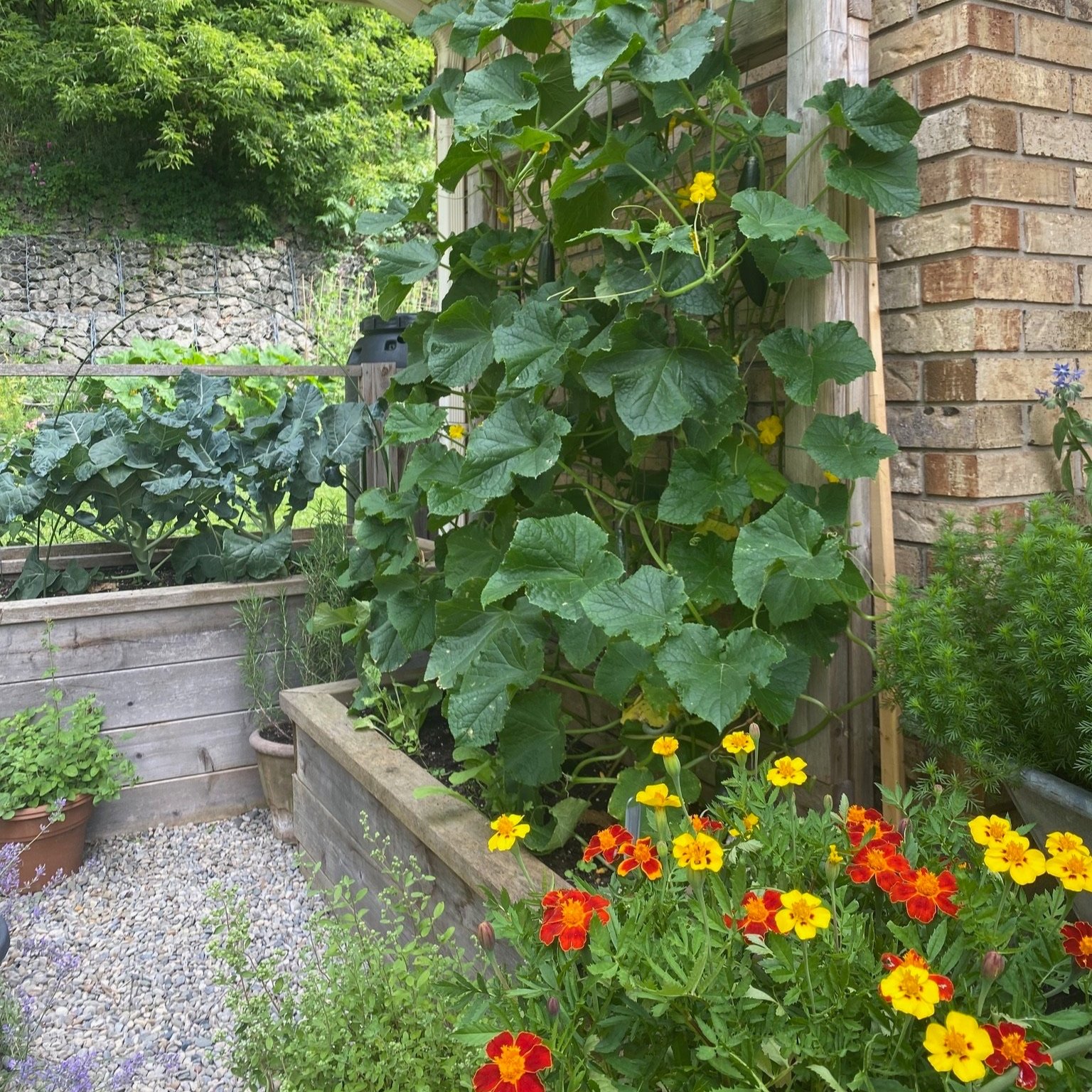Vegetable Bed Rotation
Why Should I Rotate Crops?
Crop rotation is a cornerstone of organic gardening and offers numerous benefits for vegetable cultivation. Rotating crops every 3 to 4 years helps mitigate insect, disease, and weed problems, while enhancing soil fertility, preventing nutrient depletion, and reducing erosion. This age-old practice remains vital for sustainable farming. Notably, crop rotation primarily applies to annuals, while perennial beds—such as asparagus, rhubarb, or fruit bushes—should remain undisturbed.
Although crop rotation requires initial planning, its rewards are plentiful. Healthier soil boosts both the quality and yield of your harvest. Moreover, pests overwintering in the remains of their favourite crops will emerge in spring to find their food source has vanished. The same principle applies to plant diseases. For instance, rotating potatoes with non-host crops reduces potato blight spores in the soil, and alternating brassicas (e.g., cabbage, broccoli) with non-brassica crops helps suppress clubroot.
For smaller gardens, even a simple rotation, such as alternating heavy feeders and light feeders, can yield significant benefits.
Benefits of Crop Rotation at a Glance
Reduces pests and diseases
Prevents soil nutrient depletion
Improves soil structure and fertility
Controls weeds naturally
Minimizes the need for chemical inputs
Promotes better harvests in quality and quantity
How to Stay Organized
Good planning is the foundation of effective crop rotation. A gardener's notebook is a valuable tool for tracking and improving your gardening practices.
Paper notebooks: Great for quick field notes and sketching visual garden maps on the go.
Digital records: Ideal for tracking planting dates, harvest yields, soil conditions, and pest occurrences. Digital tools also allow easy year-to-year comparisons for better planning.
Create a visual garden map each year. This helps you plan rotations more effectively and avoid accidental repetition, which could deplete soil nutrients or allow pests and diseases to persist. Enrich your records with notes on weather patterns, crop performance, and soil amendments.
Future ideas section: Dedicate part of your notebook to jotting down crops you want to try, experiments with new techniques, or successful companion planting combinations. Over time, your notebook becomes a personalized resource tailored to your gardening goals.
Crop Rotation Approaches
There are two primary approaches to crop rotation:
Grouping by nutrient needs: Rotate between heavy feeders (e.g., tomatoes, corn), light feeders (e.g., root vegetables), and soil enrichers (e.g., legumes). This balances nutrient use and replenishment.
Grouping by plant families: Rotate crops based on botanical families (e.g., brassicas, nightshades, legumes). This disrupts pest and disease cycles specific to each family.
Which to choose? Nutrient-based rotation is often simpler for beginners, while family-based rotation can be more effective for managing pests and diseases. Choose the method that aligns best with your gardening goals.
Tips For Small Spaces
Even small gardens can benefit from crop rotation. Here are some ideas:
Alternate heavy feeders with light feeders to manage nutrient demands.
Use vertical gardening for space efficiency while rotating ground-level crops.
Incorporate cover crops like clover in unused areas to replenish soil health.




